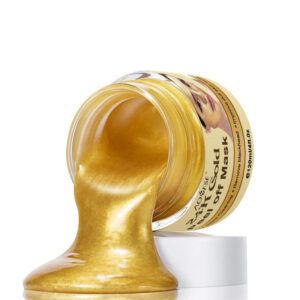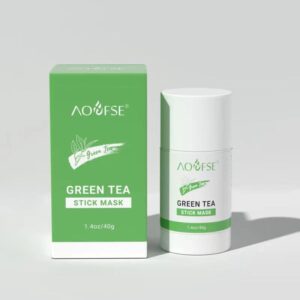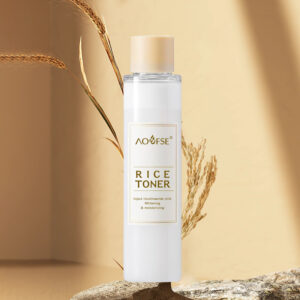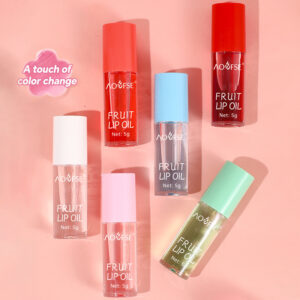Your Trusted Lip Serum Manufacturer — Dedicated to Elevating Your Brand's Success
Explore Ultimate Lip serum Collection!
About Aoxue
Step into the world of Aoxue Skincare, a reliable and forward-thinking lip serum manufacturer dedicated to delivering premium skincare solutions that meet global quality and safety standards.
With years of professional experience in the skincare industry, we specialize in customized lip serum tailored to the specific needs of beauty brands worldwide. Our strong focus on high-performance ingredients, innovative formulations, and advanced manufacturing processes sets us apart. At Aoxue, we are committed to helping your brand thrive by producing lip serum that are effective, safe, and aligned with market trends.

What is Lip Balm
Lip serum is a skincare product specifically designed to deeply nourish, repair, and protect the delicate skin on your lips. Unlike lip balms, which mainly form a protective barrier, lip serums are lightweight and packed with concentrated active ingredients like hyaluronic acid, peptides, vitamins, and antioxidants.
Types of Lip Serums: We Manufacture
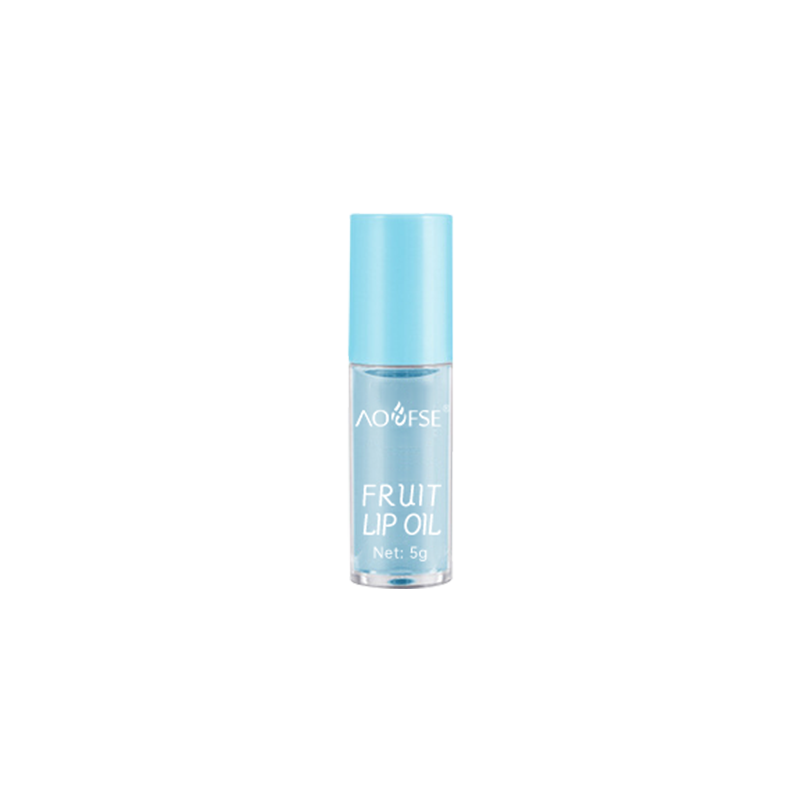
Brightening Lip Serum
With ingredients like niacinamide and licorice extract, this serum helps even out lip tone and fade discoloration, giving your lips a brighter, more radiant appearance.
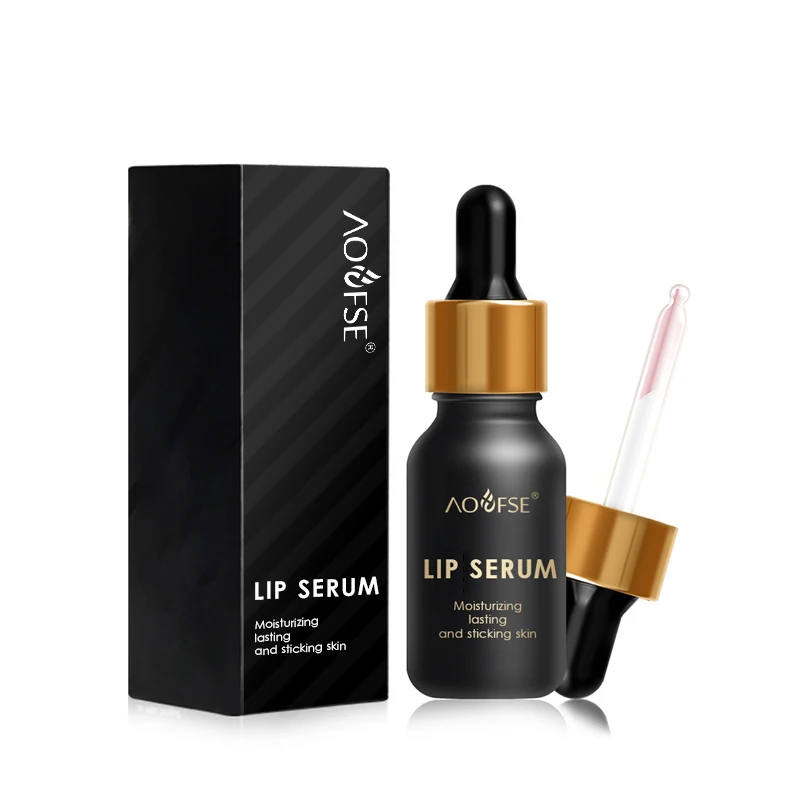
Anti-Aging Lip Serum
This serum targets fine lines and wrinkles around the lips. Enriched with antioxidants such as vitamin C and E, it helps maintain a youthful and smooth lip appearance.
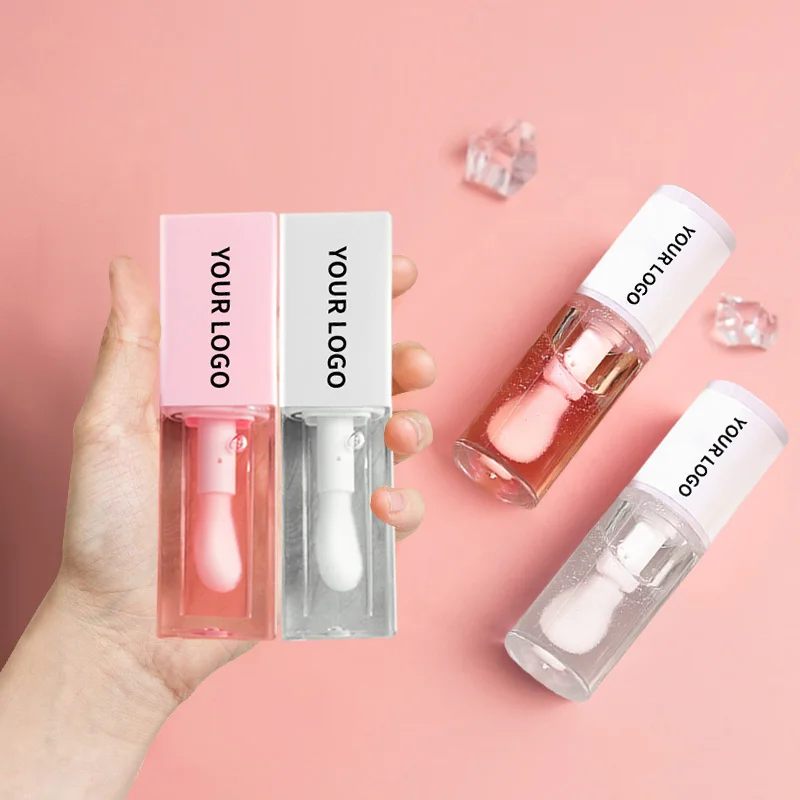
Hydrating Lip Serum
This lip serum deeply moisturizes and nourishes dry or chapped lips. It contains ingredients like hyaluronic acid and jojoba oil to keep your lips soft, smooth, and comfortable throughout the day.
Lip Serum Formulas
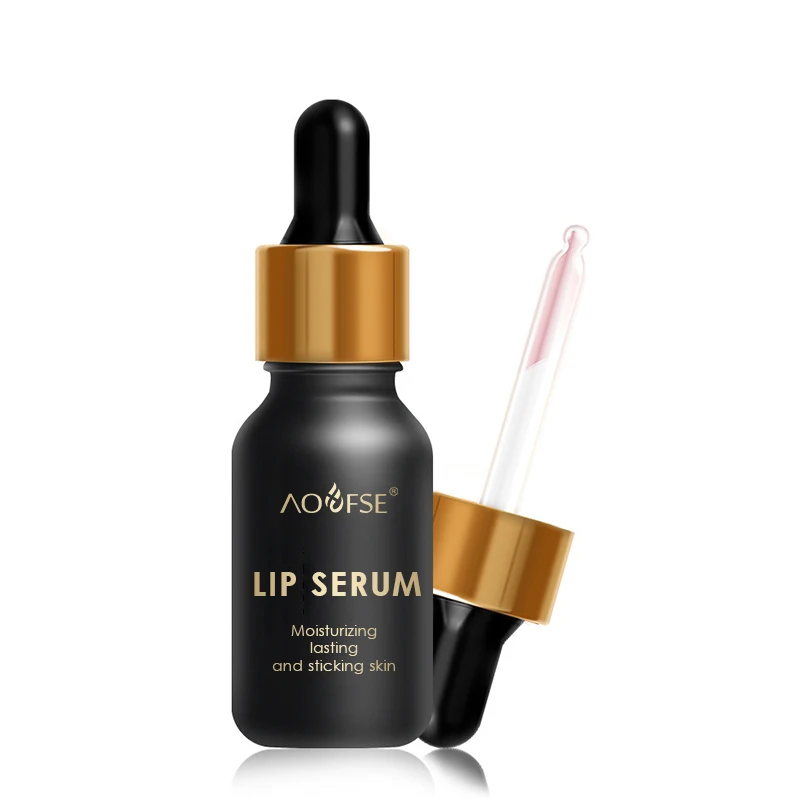
Hydrating Formula
Contains ingredients like hyaluronic acid, glycerin, and jojoba oil to deeply moisturize and lock in hydration, preventing dryness and chapping.
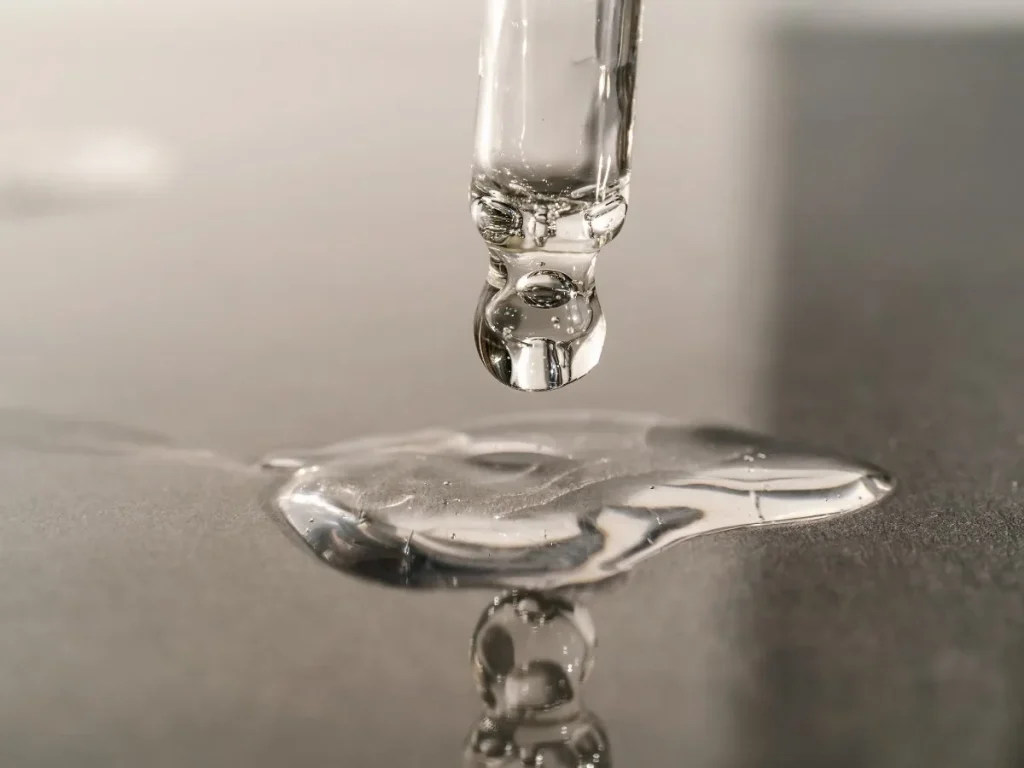
Repairing Formula
Includes soothing and healing agents such as panthenol (pro-vitamin B5), ceramides, and allantoin to repair damaged skin and promote lip barrier restoration.
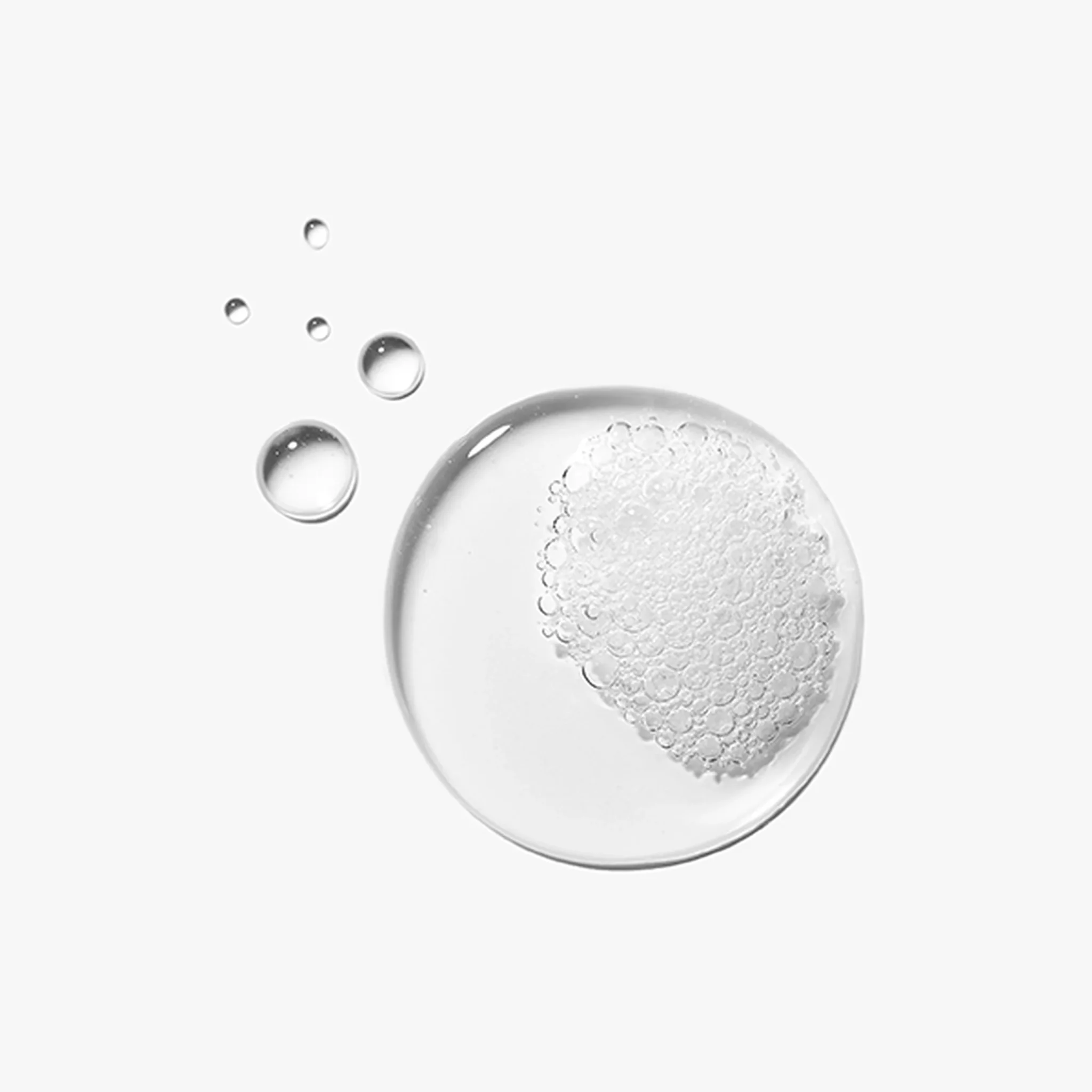
Anti-Aging Formula
Features antioxidants like vitamin C, vitamin E, and peptides that help reduce fine lines, protect lips from free radical damage, and improve elasticity.
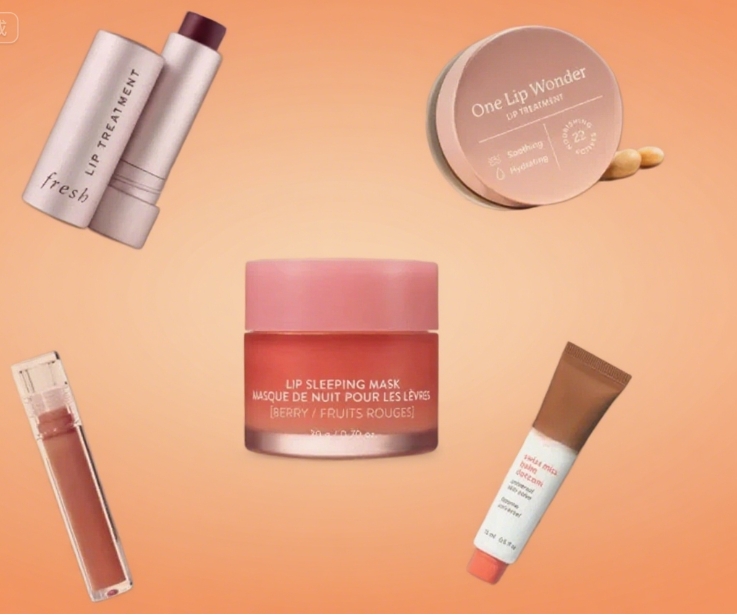
Plumping Formula
Utilizes natural stimulants such as cinnamon oil, capsicum extract, or peptides to increase blood circulation, giving lips a fuller, plumper look.
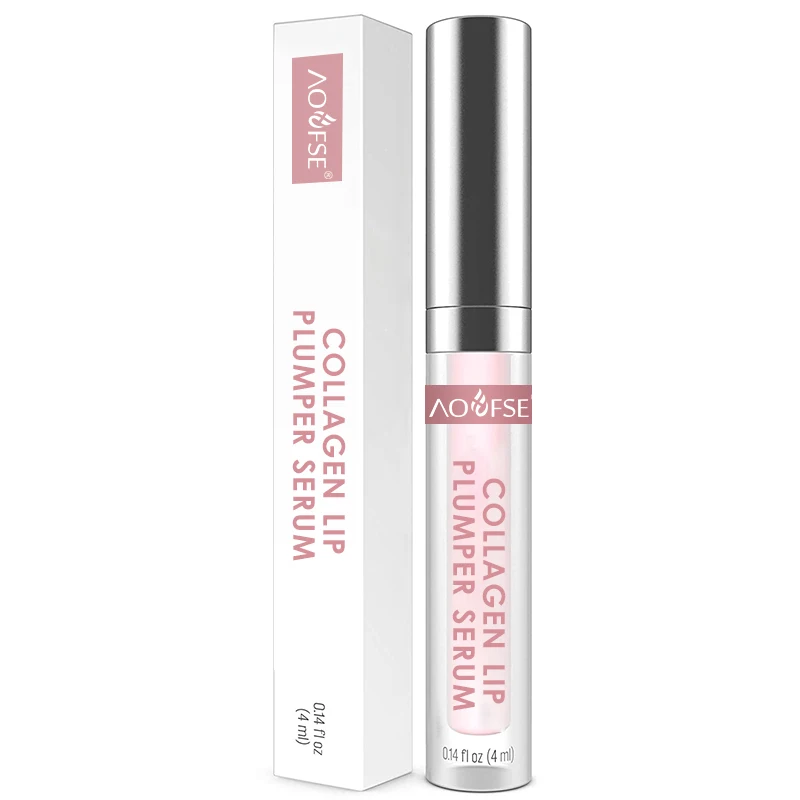
Brightening Formula
Contains ingredients like niacinamide, licorice root extract, and alpha arbutin to even out pigmentation and brighten lip color.

Soothing Formula
Formulated with aloe vera, chamomile extract, and calendula to calm sensitive or irritated lips, reducing redness and discomfort.

Lip Balm Textures
- Lightweight Gel
A refreshing, water-based texture that absorbs quickly without feeling greasy. Ideal for daily use, especially for oily or combination skin types. - Silky Fluid
Smooth and silky texture that feels gentle on the lips, leaving them soft and smooth. Perfect for those who want hydration without heaviness. - Rich Cream
Thick and nourishing formula that provides deep repair and moisture. Best for dry or damaged lips needing intensive care. - Oil-Based
Contains plant oils or essential oils, offering high moisturization and a subtle glossy finish while locking in hydration. - Serum Stick
Solid stick form that’s easy to carry and apply precisely. Great for quick hydration and targeted treatment.
Types of Lip Balms: We Manufacture

Face Cleanser

Face Cleanser

Face Cleanser

Face Cleanser

Face Cleanser

Face Cleanser
How to Use a Lip Serum Effectively
Gather Your Ingredients and Tools
You’ll need lightweight carrier oils (like jojoba, sweet almond, or rosehip), active ingredients (such as hyaluronic acid, peptides, or Vitamin C), essential oils (optional), Vitamin E oil (for preservation), a small mixing bowl, dropper bottles, and a pipette or funnel.Mix the Base Oils
In a clean bowl, combine 1–2 tablespoons of your chosen lightweight carrier oils. These oils will form the hydrating and nourishing base of your serum.Add Active Ingredients
Add a few drops of active ingredients:
- Hyaluronic acid (for hydration)
- Vitamin C (for brightening)
- Peptides (for anti-aging)
Stir gently to mix thoroughly.
Incorporate Essential Oils (Optional)
If desired, add 1–2 drops of essential oil such as peppermint (for plumping) or lavender (for soothing). Avoid strong or irritating oils, especially if you have sensitive lips.Add Vitamin E Oil
Add a few drops of Vitamin E oil to act as an antioxidant and natural preservative, helping extend the shelf life of your serum.Transfer to a Dropper Bottle
Use a pipette or small funnel to carefully pour the mixture into a dark glass dropper bottle to protect the ingredients from light.Store Properly
Store your lip serum in a cool, dry place. Use within 3–6 months for best results.
Skincare Routine
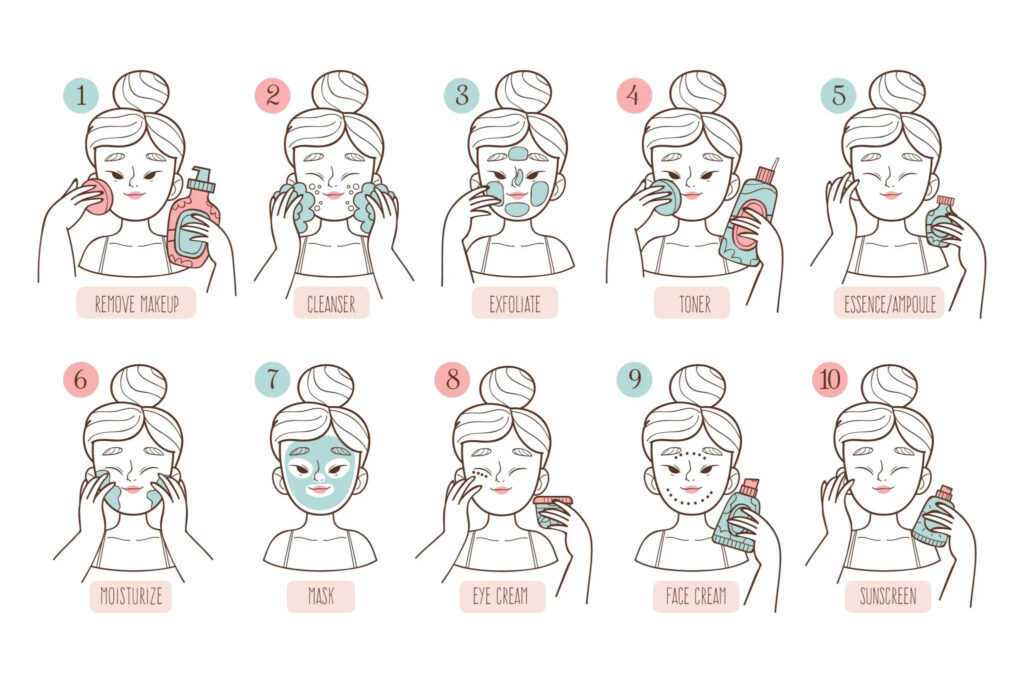
Answers at Your Fingertips
What kind of private label facial products do you offer?
At Aoxue, we offer a wide range of private label facial products, including cleansers, toners, moisturizers, face oils, and serums. We can also customize our formulations to meet your specific needs and target market.
Can you help with the design and packaging of my private label products?
Yes, we offer full-service support, including product design and packaging solutions, to help bring your vision to life. Our team of experts will work closely with you to ensure that your private label products are designed to your specifications.
What is your minimum order quantity for private label products?
Our minimum order quantity for private label products may vary based on the product and packaging specifications. Our team would be happy to provide more information on our minimum order quantities and help you determine the best options for your business.
What is your lead time for private label products?
Our lead time for private label products typically ranges from 4-6 weeks, depending on the product specifications and order volume. We will work closely with you to ensure that your products are delivered on time and to your specifications.
What is your quality control process for private label men's product-manufacturers private label products?
At Aoxue, we take quality control seriously and have strict standards in place to ensure that our private label products meet the highest quality standards. Our team of skincare experts will oversee every step of the production process, from ingredient selection to final product inspection, to ensure that your products meet your expectations.
Latest Insights From Our Experts

Massage Oil vs. Body Oil: What’s Best for Your Skin?
Toner vs Serum: Understanding Key Skincare Differences In the ever-evolving world of skincare, understanding the roles of various products can often feel overwhelming. Among the myriad of options, toners and serums stand out as essential components of a comprehensive skincare routine. But what sets them apart? This article delves into the key differences between toners and serums, helping you make informed decisions for your skincare regimen. What is a Toner? Toners are water-based skincare products designed primarily to: Typically used after cleansing and before moisturizing, toners ensure that your skin is clean and ready for additional treatments. Common Ingredients in Toners Ingredient Benefits Witch Hazel Anti-inflammatory properties Rose Water Gentle hydration, soothes skin Aloe Vera Calming effects, adds moisture Hyaluronic Acid Attracts and retains moisture AHAs/BHAs Exfoliates, unclogs pores Benefits of Toners What is a Serum? Serums are highly concentrated skincare products formulated to address specific concerns like: Unlike toners, serums penetrate deeper into the skin to deliver powerful active ingredients. Common Serum Ingredients Ingredient Primary Benefit Vitamin C Brightening, antioxidant protection Retinol Reduces fine lines and wrinkles Peptides Improves firmness and elasticity Niacinamide Reduces inflammation, improves texture Hyaluronic Acid Provides deep hydration Serum Benefits Key Differences: Toner vs Serum Aspect Toner Serum Texture Watery, lightweight Thicker (oil/gel-based) Primary Purpose Prepares and balances skin Treats specific concerns Application Cotton pad

Toner vs Serum: Understanding Key Skincare Differences
In the ever-evolving world of skincare, understanding the roles of various products can often feel overwhelming. Among the myriad of options, toners and serums stand out as essential components of a comprehensive skincare routine. But what sets them apart? This article delves into the key differences between toners and serums, helping you make informed decisions for your skincare regimen. What is a Toner? Toners are water-based skincare products designed primarily to balance the skin’s pH, cleanse pores, and prepare the skin for better absorption of subsequent products. Typically used after cleansing and before moisturizing, toners ensure that your skin is clean and ready for additional treatments. Common Ingredients in Toners: Benefits of Toners: What is a Serum? Serums are highly concentrated skincare products formulated to address specific skin concerns such as dark spots, fine lines, wrinkles, and hyperpigmentation. Unlike toners, serums are designed to penetrate deeper into the skin, delivering powerful active ingredients directly to the areas that need them most. Common Ingredients in Serums: Benefits of Serums: Key Differences Between Toner and Serum Aspect Toner Serum Texture Watery and lightweight Thicker, often oil- or gel-based Purpose Prepares, balances skin, and cleanses Treats specific concerns (e.g., aging, dark spots) Application Applied with a cotton pad or spray Applied with fingers and massaged into the skin Depth of Action Works on

Gel vs Cream Moisturizer: Which is Right for Your Skin?
In the vast world of skincare, choosing the right moisturizer can be daunting. With the myriad of options available, one of the most common dilemmas is deciding between a gel and a cream moisturizer. Each type has its unique properties, benefits, and suitable skin types. So, how do you determine which is right for you? Let’s delve into the differences between gel and cream moisturizers and help you make an informed decision. Understanding Gel and Cream Moisturizers Gel Moisturizers: Cream Moisturizers: Gel vs Cream: Key Differences Base Ingredients: How to Choose the Right Moisturizer When deciding between a gel and cream moisturizer, consider the following: Can You Use Both? Yes, you can use both gel and cream moisturizers in your skincare routine. For instance, apply a gel moisturizer in the morning for a lightweight feel and switch to a cream moisturizer at night for intense hydration. This approach ensures your skin gets the necessary hydration throughout the day. Conclusion Choosing between a gel and cream moisturizer ultimately depends on your skin type, concerns, and personal preference. Both types have their unique benefits, and understanding these can help you make an informed choice. Remember, the right moisturizer can make a significant difference in your skincare routine, promoting healthy, radiant skin.

